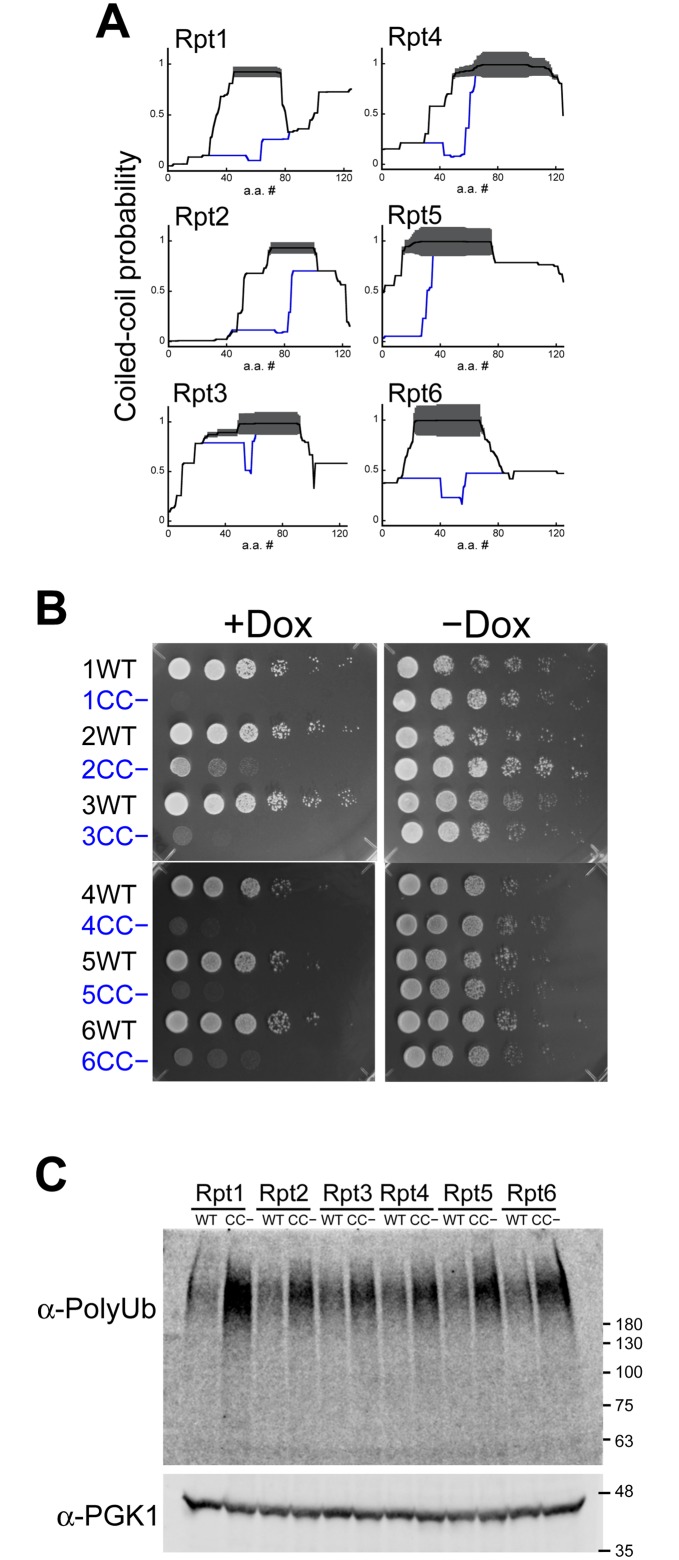Fig 5. Coiled-coil mutations reveal that destabilization of Rpt subunits hampers yeast growth.
(A) Coiled-coil probability for wild-type (black lines) and CC− mutants (blue lines) of Rpt subunits calculated by PairCoil2. The thickness of the red lines represents the confidence of the prediction (p-scores) by Paircoil2. (B) Rpt tet-off strains were transformed with the pAUR123 yeast expression vector encoding wild-type and CC− mutants of Rpt subunits, grown to early log phase, and individually spotted in duplicate as a ten-fold serial dilution on plates either without (right panel) or with (left panel) doxycycline. Plates were incubated at 30°C for 2 days and then photographed. (C) Disruption of the coiled-coil conformation of Rpt subunit induces the accumulation of polyubiquitinated proteins. The accumulation of polyubiquitinated proteins in the Rpt tet-off yeast cells expressing wild-type and CC− mutants (Rpt1CC−, Rpt2CC−, Rpt3CC−, Rpt4CC−, Rpt5CC−, and Rpt6CC−) were analyzed using western blot with an anti-polyubiquitin antibody. After yeast cells at early log phase were treated with 20 μg/mL Dox for 3 h, cells were harvested and lysed with glass beads in the presence of 10% TCA to preserve ubiquitination patterns. PGK1 was used as a loading control.

